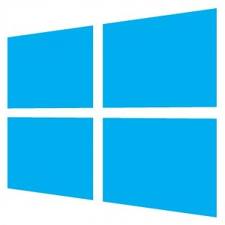Computers definitely play a very important role in our lives. In fact, they have become one of those indispensable gadgets without which life would be impossible! Since we rely on computers to a huge extent, it makes sense to have one that operates effectively and quickly. The Operating System (OS) of a computer determines its efficiency, therefore people generally opt for reliable and reputable Operating Systems like Microsoft Windows. Although there are many versions of Microsoft Windows, it is Windows XP, Windows Vista, Windows 7, and Windows 8 that make a huge impact.
Irrespective of which version of Windows OS you are using, you will find that the OS gives you the freedom to customize it as per your liking. Just like how there are two kinds of people in this world, one that prefers Coke and the other that prefers Pepsi, so also there are two kinds of computer users: one that prefers to turn off file extensions and the other that prefers to have this setting turned on. Turning on file extensions in Windows is really a matter of personal preference and this feature does not affect the efficiency of the system or its performance at all.
File extensions can be defined as a typical three character extension preceded by a dot. Some examples of file extensions are: .txt in case of notepad, .jpg in case of pictures and .exe in case of executable files. By default, Microsoft Windows does not show the extensions for files, which means that they are hidden, but if you are interested in turning on this feature, then it can be done as well. Many people prefer to have the file extensions turned on so that they can have a better idea about the kind of files they are dealing with.
The easiest way of turning on the file extensions in your Windows Operating System is to go to Windows Explorer or My Computer. Now, in the menu bar right at the top of the screen you will find an option called ‘Tools’. If you hover your mouse over the option then a drop-down menu will be displayed and one of the options in the menu will be ‘Folder Options’. Upon clicking this option, a new window will pop up. You need to click on a tab that says ‘View’ and then you should go through a list of options and find the one that allows you to “hide or unhide file extensions for all known files”.
Apart from personal preference, another reason why it is good to unhide file extensions is because it can help to prevent viruses from breaking into the system. Sometimes, the files that are rigged with viruses and malicious software, which are usually executable files, are veiled by a regular looking icon and a file name like .mp3 or .jpg when they aren’t actually what their names suggest. If this feature is not turned on, then the file will just read as “abc.jpg” and you’d assume its an image file. However, when the feature is turned on, you will see the file as “abc.jpg.exe”. Thus, with this feature on, you will be able to spot viruses and prevent their intrusions in your system even before they get started!


